Time?
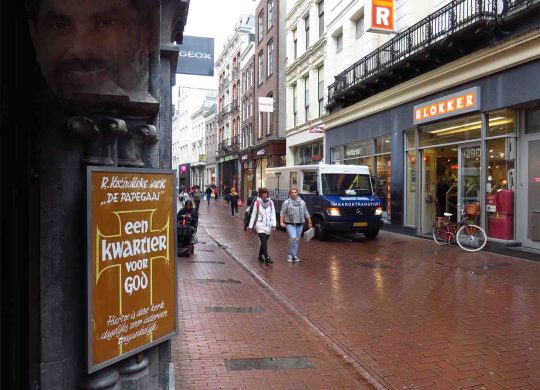
On the busy street of Kalverstraat in Amsterdam, during a recent jaunt, I spotted a church tucked away in the midst of overstuffed storefronts and houses: The Church of Peter and Paul.
This entity, a Roman Catholic church, is also called “De Papegaai”—The Parrot. In the days of the Reformation when Amsterdam, indeed all of the Netherlands, turned to Protestantism, Catholicism could not be flaunted. All Catholic churches had to hide in the background, taking over houses, and other private buildings, and practicing their worship and rituals unobtrusively.
The Church of Peter and Paul was situated, in the sixteenth century, in a house owned by a bird-trader. Hence, The Parrot Church. Inside this very narrow structure with a Neo-Gothic façade are statues of saints and … of a perched parrot!
Kalverstraat, the location of our church, is a bustling shopping street in the city, one of the most expensive in the country, with rents exceeding €3,000 per square meter (over $300 a square foot)—one of the most expensive streets in the world as indicated by rent prices. (Kalverstraat is also the most expensive street in the Dutch version of Monopoly.
Out on the street front adjacent to the church is a sandwich-board with the sign: “A quarter [of an hour] for God.” To the busy passersby, The C of P & P appeals: Spare a few moments for God, explaining, “Therefore, this church is accessible daily for everyone.” Always open, it welcomes those who want a moment of quiet with God (it also celebrates Sunday masses in Latin with Gregorian chants).
The church was empty when I entered on a midweek afternoon.
It reminded me of the importance of habitual prayer, a constant life of prayer, a valuable spiritual discipline, that cultivates this vision of God as the originator, initiator, and center of all things—of weather and of vocation, of celebration and of tragedy, of things mundane and of things exceptional. And so …
Pray without ceasing.
1 Thessalonians 5:17
… at all times, in all places, for all things.
Prayer, in essence, is the communion of the believer with God, with an understanding that he, the Creator, is at the center of it all. Habitual prayer, then, is the recognition of this divine interconnectedness of all of life, and of God’s preeminence in it all. It is easy to be buried in a deluge of daily tasks of life and forget the “firstness” of God.
But work is not antithetical to prayer. Notice that Paul worked “night and day”:
… working night and day so as not to be a burden to any of you ….
1 Thessalonians 2:9
And he prayed “night and day”:
… we night and day keep praying most earnestly that we may see your face ….
1 Thessalonians 3:10
Praying unceasingly: habitual prayer. This is to develop an unceasing consciousness of the presence of God and an unceasing communion with the person of God amidst the work of preaching and pastoring—an unceasing awareness of, and orientation towards, God. Otherwise, the presence of God, amidst the hustle and bustle, and the twists and turns of life, will never be consciously acknowledged.
But Jesus himself frequently withdrew to the wilderness and prayed.
Luke 5:16
If the Second Person of the Godhead needed pray frequently, surely his followers need to do so as well. And developing that habitually calls for alone-time and quiet-time. Yes, and not just for “a quarter [of an hour].”
All of this cultivates a deep sense of dependence on God:
“Apart from Me you are not able to do anything.”
John 15:5

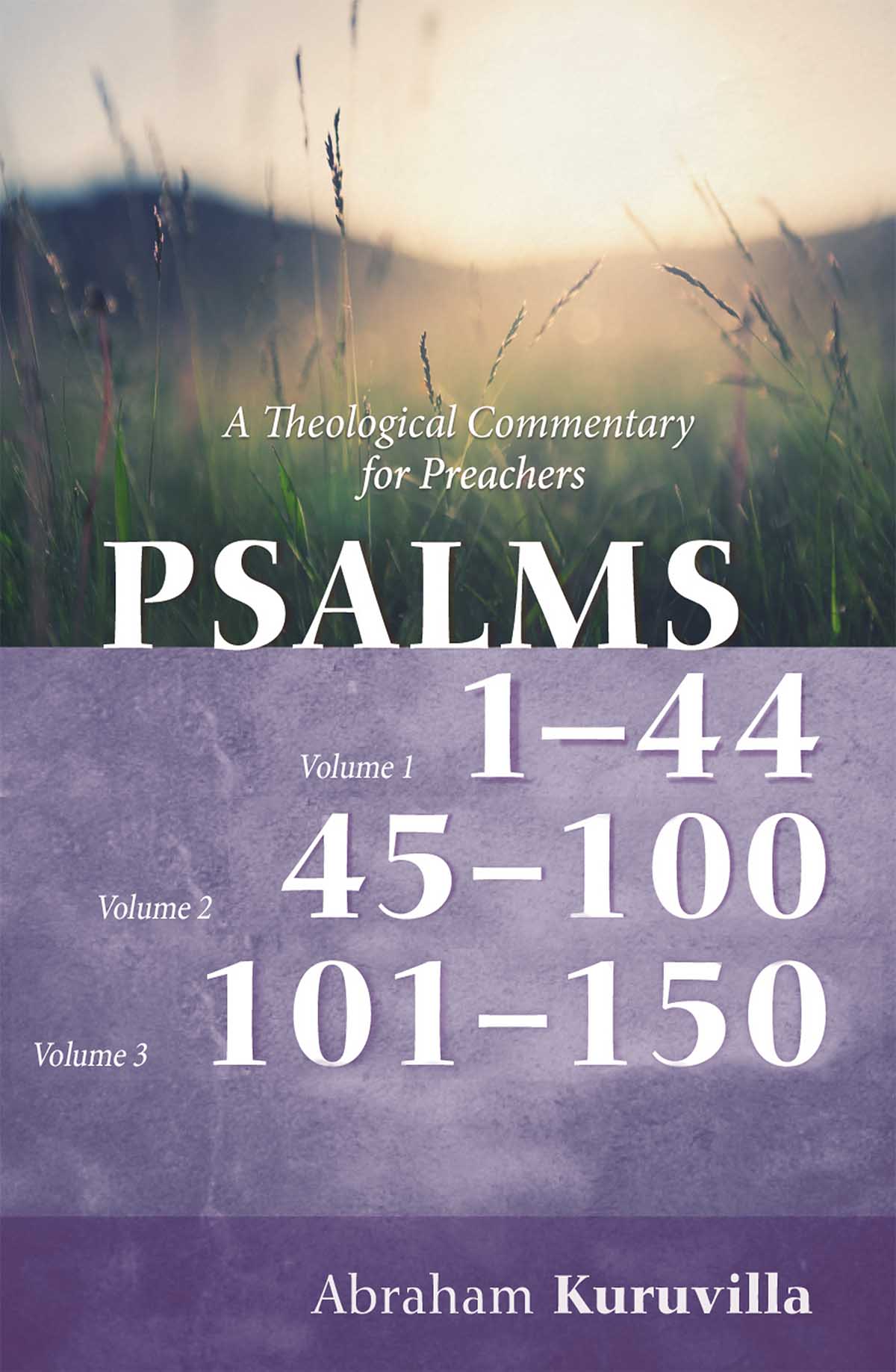
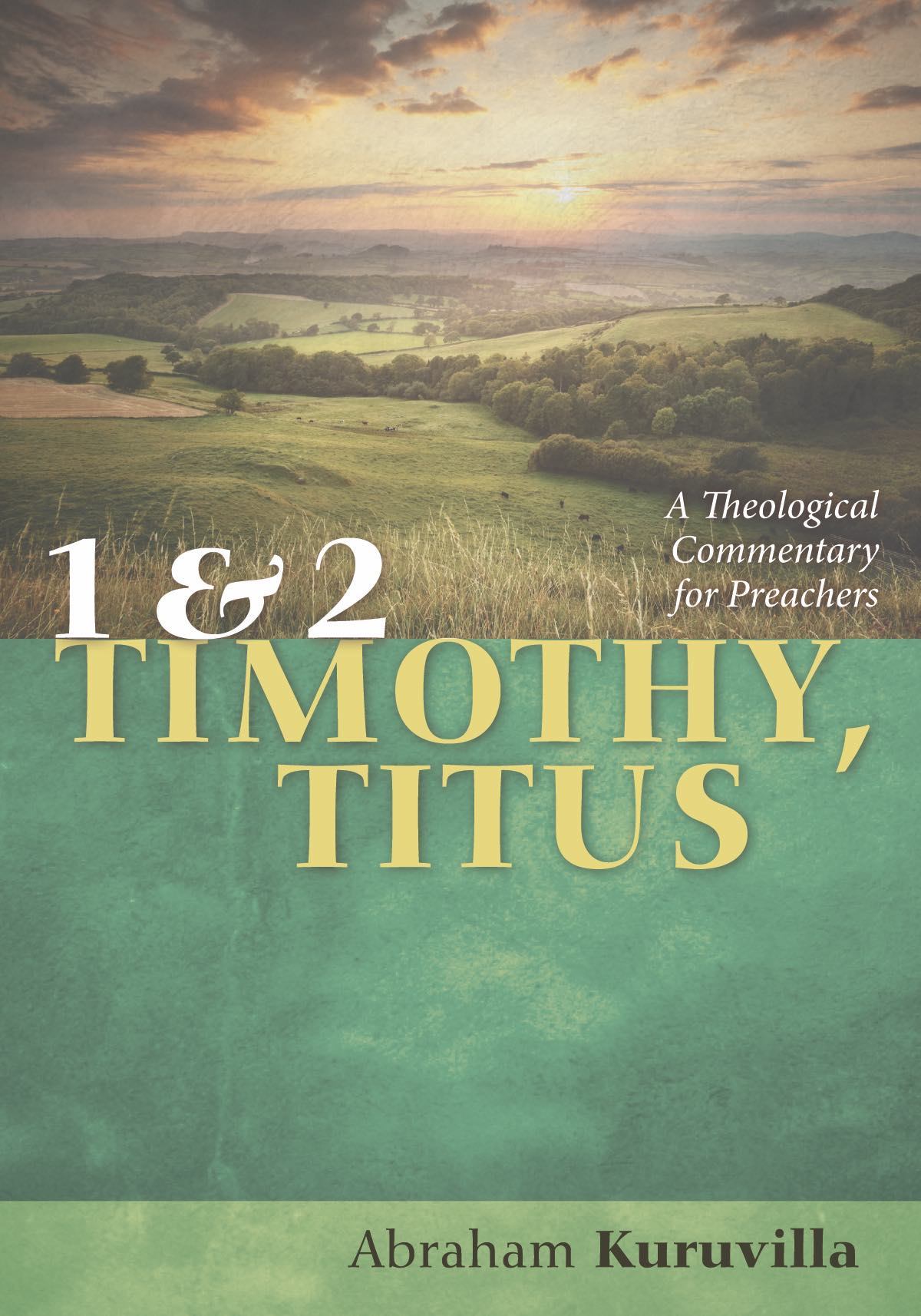
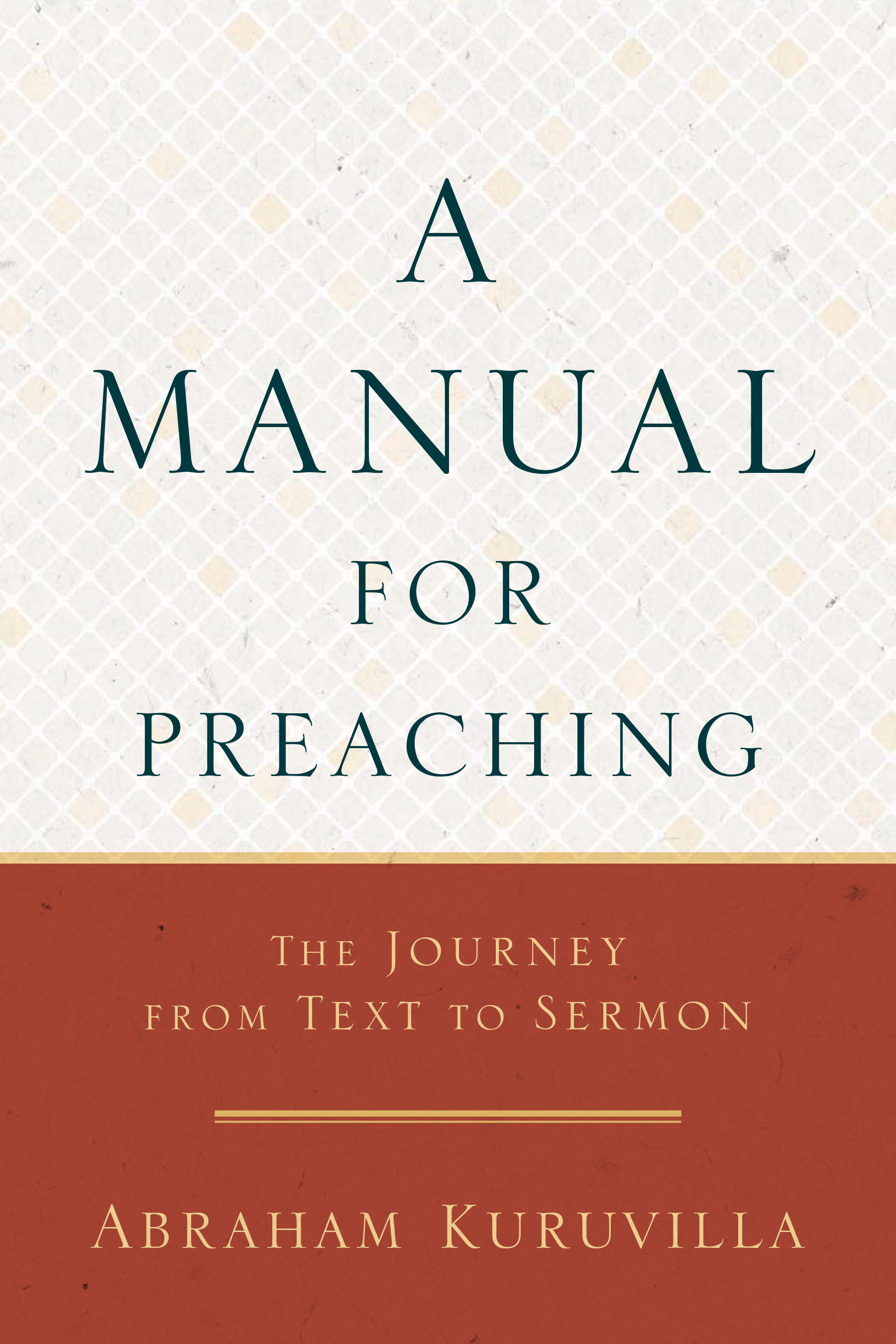

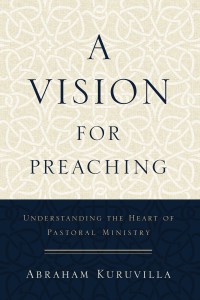





 Abe Kuruvilla is the Carl E. Bates Professor of Christian Preaching at The Southern Baptist Theological Seminary (Louisville, KY), and a dermatologist in private practice. His passion is to explore, explain, and exemplify preaching.
Abe Kuruvilla is the Carl E. Bates Professor of Christian Preaching at The Southern Baptist Theological Seminary (Louisville, KY), and a dermatologist in private practice. His passion is to explore, explain, and exemplify preaching.